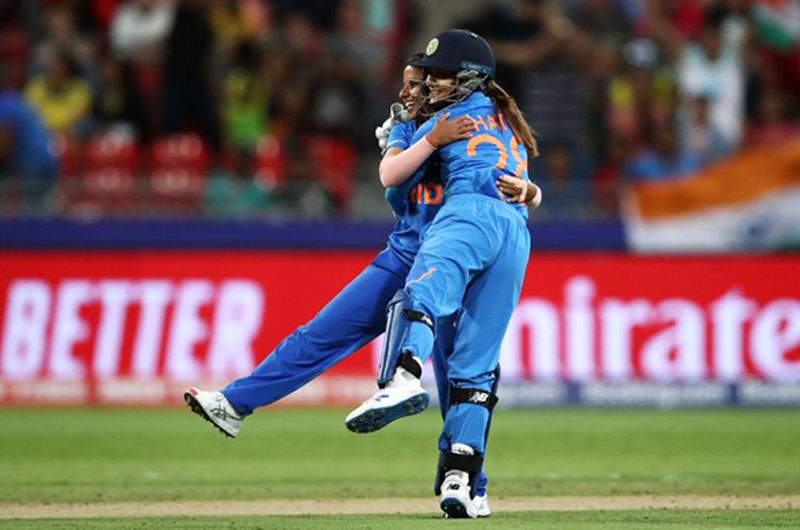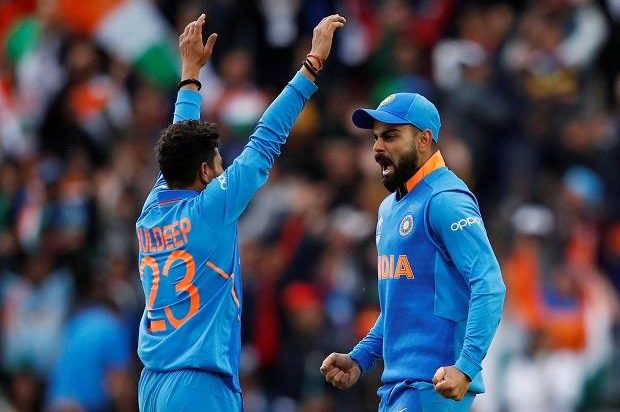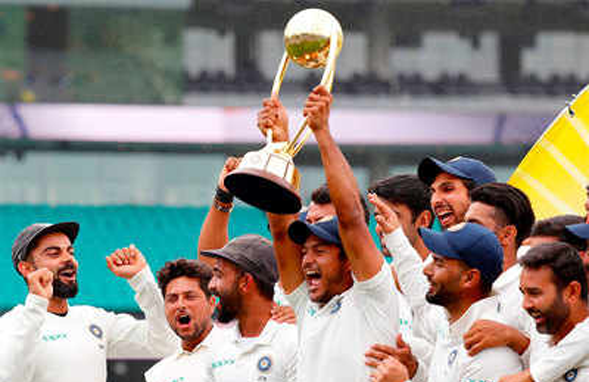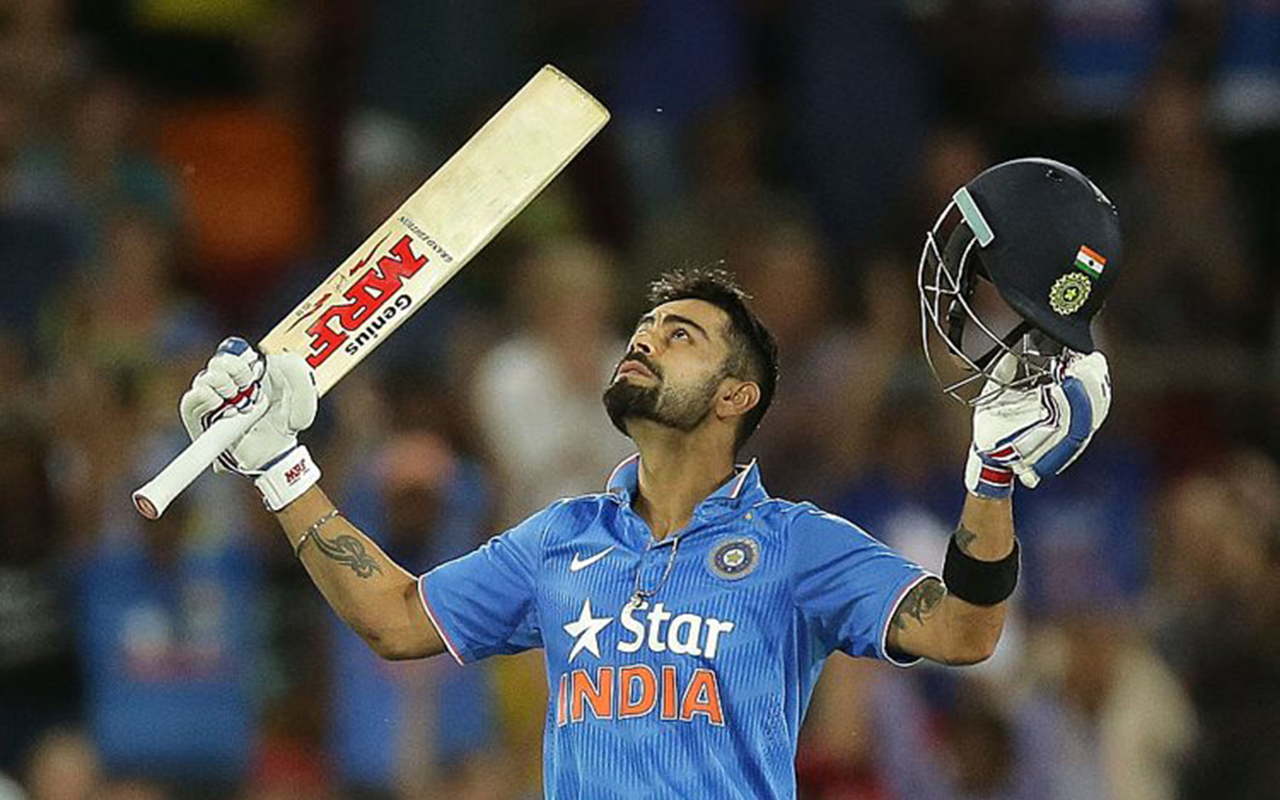
Eyes raging, biceps flexing, sweat dripping through that chiselled body; watching Virat Kohli bat these days can be an exercise in admiration of the brawn. More importantly though, it can be an exhibition of clinical, monotonous perfection, achieved through tireless hours of discipline and denial. The method to his outrageous success, by his own admission, is boring. And yet, one is left in bewilderment at the prospect of world’s best limited-overs batsman almost making a virtue out of outmoded straight-bat batsmanship.
 After a relatively eventless Test series, where he quietly scored 161 runs from four innings at a 50-plus average even as Shikhar Dhawan and Cheteshwar Pujara feasted on the Sri Lankans, the Indian captain came into his own in the One-Day Internationals (ODIs). Out of five ODIs, Kohli remained unbeaten in two innings and topped the batting charts with a healthy return of 330 runs, including two back-to-back centuries and a half-century. His runs flowed at a strike-rate of 111.86, the highest among top-three runscorers of the series. That he did all that while playing conventional cricket shots, in a format that almost implores batsmen to perform all possible pyrotechnics,would have pleased the hearts of the purists.
After a relatively eventless Test series, where he quietly scored 161 runs from four innings at a 50-plus average even as Shikhar Dhawan and Cheteshwar Pujara feasted on the Sri Lankans, the Indian captain came into his own in the One-Day Internationals (ODIs). Out of five ODIs, Kohli remained unbeaten in two innings and topped the batting charts with a healthy return of 330 runs, including two back-to-back centuries and a half-century. His runs flowed at a strike-rate of 111.86, the highest among top-three runscorers of the series. That he did all that while playing conventional cricket shots, in a format that almost implores batsmen to perform all possible pyrotechnics,would have pleased the hearts of the purists.
The method is not a recent acquisition though. Over the past two years in particular, Kohli has realized his limitations better than any other batsman in world cricket, and has gone on to devise an all-season, allpurpose technique that has flummoxed the opposition and left the commentators scurrying for fresh adjectives.
Arguably the fittest cricketer in the world at the moment- Australians included- he understands that he doesn’t possess the brute power of say, a Chris Gayle or MS Dhoni, and hence puts a lot of emphasis on running. His match-winning 82-run knock in the lone T20 against Sri Lanka is a case in point. After starting slowly, Kohli took off without warning, smashing five fours and a six in the six-over period between the seventh and twelfth overs, and when boundaries began to dry up, he tore through the humid Premadasa air, running the oppositionand himself- ragged. He ran 48 out of his 82 runs, proving his mettle as a supremely fit batsman with an astute awareness of angles and field positions. Sri Lanka’s interim coach Nic Pothas was quick to acknowledge what he saw, and urged his batsmen to take a leaf out of the Delhi batsman’s book.
In the course of his Premadasa masterclass, Kohli also passed New Zealand’s Martin Guptill to become the third-highest run-scorer in T20 internationals, behind the retired duo of Kiwi Brendon McCullum and Sri Lanka’s Tillakaratne Dilshan. He is the only batsman in world cricket to score over 1000 T20 runs at an average of over 50 runs per inningshis current T20 average is an unreal 53.82, easilythe highest in the list of ten leading T20 scorers in international cricket.
To put things in perspective, the next highest batting average is South Africa’s JP Duminy’s 38.25. Kohli is also the only batsman on the list who has never been dismissed for a duck, a rather unusual record to have given the slam-bang nature of the T20 game. The statistic is as much an ode to the dominance he exercises over bowlers across countries, as to his insistence on playing straight.
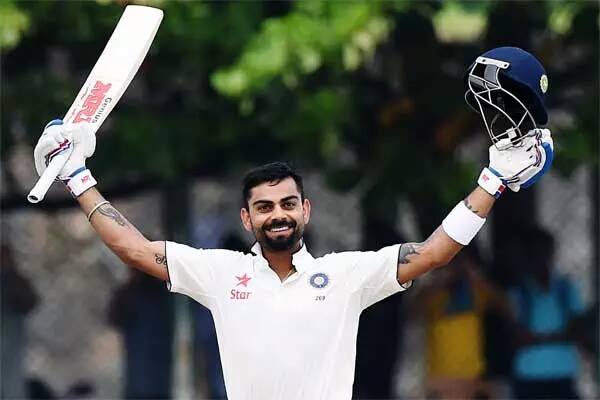 Despite being thoroughly capable, he never reverse-sweeps, and rarely plays the ubiquitous paddle sweeps, ramps and laps shots. He sweeps only when the situation shouts for it- like he did to disrupt Nathan Lyon’s line during his memorable second-innings hundred in the Adelaide Test in 2014. The only cross-batted shot he ever employs is the pull- which he prefers to execute in-front of square-leg through the arc between mid-on and mid-wicket. He never really hooks, and doesn’t ever slog.
Despite being thoroughly capable, he never reverse-sweeps, and rarely plays the ubiquitous paddle sweeps, ramps and laps shots. He sweeps only when the situation shouts for it- like he did to disrupt Nathan Lyon’s line during his memorable second-innings hundred in the Adelaide Test in 2014. The only cross-batted shot he ever employs is the pull- which he prefers to execute in-front of square-leg through the arc between mid-on and mid-wicket. He never really hooks, and doesn’t ever slog.
That, however, doesn’t stop Kohli from being inventive. Often, he shuffles around the crease to convert a yorker outside off-stump to a half volley, and uses his iron wrists to deposit the ball over cow-corner. A foot further outside off, and he opens his wrists late to send the ball scorching past the backward point, and so good is the timing that the third-man is often beaten.
 When the dreadful bowler overcompensates by bowling close to Kohli’s body, he inevitably opens both sides of the field to him. Kohli duly goes inside-out and carts them over covers or extra-cover, and if the mood hits him, a wristy jab over the mid-wicket is not out of question. The clinical exploitation of human imagination and ground’s geometry is surreal, and is fast becoming a habit. It first became truly visible in the memorable 51-ball unbeaten 82 against Australia in the run-chase at the 2016 World T20 quarter-final in Mohali.
When the dreadful bowler overcompensates by bowling close to Kohli’s body, he inevitably opens both sides of the field to him. Kohli duly goes inside-out and carts them over covers or extra-cover, and if the mood hits him, a wristy jab over the mid-wicket is not out of question. The clinical exploitation of human imagination and ground’s geometry is surreal, and is fast becoming a habit. It first became truly visible in the memorable 51-ball unbeaten 82 against Australia in the run-chase at the 2016 World T20 quarter-final in Mohali.
He did the same batting first in the next game against the West Indies, and after a brief lull in T20 Internationals, roared back to form in Sri Lanka. With Australia and New Zealand set to visit India for limited-overs series soon, the run machine would do well to keep whirring.

